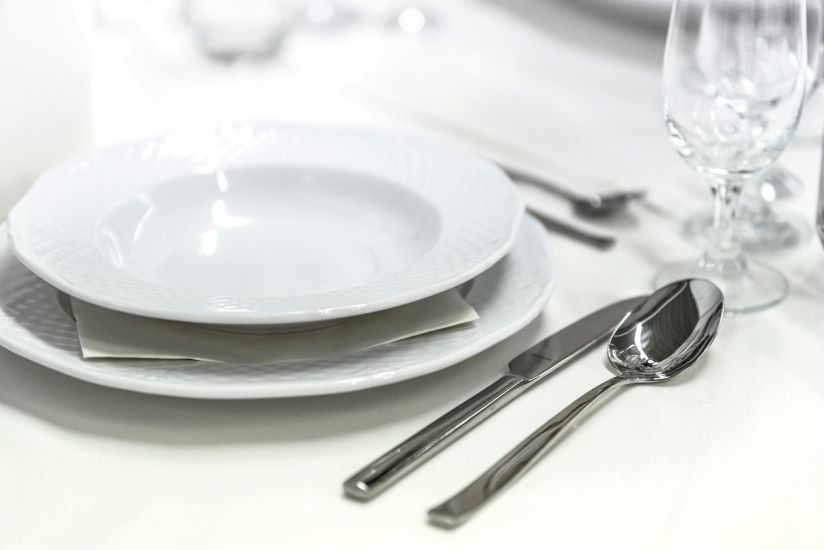
From humble beginnings to intricate designs, the evolution of tableware in global cuisine tells a fascinating story of cultural traditions, technological advancements, and artistic expression. In this blog post, we’ll explore how tableware has evolved over time, shaping the dining experience and reflecting the rich diversity of culinary customs around the world.
1. Ancient Origins
Tableware traces its roots back to ancient civilizations, where early humans used simple vessels made from materials like clay, wood, and stone to prepare and serve food. In cultures such as ancient Egypt, Greece, and China, pottery and ceramic vessels were crafted with intricate designs and symbolic motifs, reflecting the cultural beliefs and aesthetic sensibilities of the time.
2. Medieval Europe
During the Middle Ages, tableware in Europe underwent significant changes as feudal societies gave way to more centralized kingdoms and empires. Noble households and royalty commissioned exquisite tableware made from precious metals such as gold and silver, adorned with intricate engravings and gemstone embellishments. Meanwhile, commoners relied on earthenware and wooden vessels for everyday dining.
3. Renaissance and Beyond
The Renaissance period ushered in a renewed interest in art, science, and culture, leading to innovations in tableware design and production. Porcelain, imported from China, became highly sought after for its delicate beauty and durability. European porcelain manufacturers such as Meissen and Sevres gained prominence, producing exquisite dinnerware sets adorned with elaborate patterns and hand-painted motifs.
4. Industrial Revolution
The Industrial Revolution brought about revolutionary changes in tableware production, with the advent of mechanized manufacturing techniques and mass production methods. Fine china and earthenware became more accessible to the middle class, as factories churned out affordable dinnerware sets in a variety of styles and designs. The rise of department stores and catalog shopping further fueled demand for tableware, making it an essential part of household furnishings.
5. Modern Trends
In the contemporary era, tableware has evolved to reflect changing culinary trends, lifestyles, and design preferences. Minimalist aesthetics and sustainable materials have gained popularity, with consumers opting for sleek and eco-friendly dinnerware made from bamboo, recycled glass, and other natural materials. Artisanal craftsmanship and bespoke tableware collections have also experienced a resurgence, as consumers seek unique and personalized dining experiences.
6. Cultural Influences
Globalization has played a significant role in shaping the evolution of tableware, as culinary traditions from around the world converge and influence each other. Japanese sushi plates, Indian thali platters, and Moroccan tagines have become fixtures in international cuisine, inspiring new tableware designs and dining rituals that celebrate cultural diversity and culinary heritage.
7. Future Directions
As we look to the future, the evolution of tableware is poised to continue, driven by innovations in materials, technology, and design. Smart tableware equipped with embedded sensors and interactive features may revolutionize the dining experience, offering personalized feedback on nutrition, portion control, and food safety. Meanwhile, sustainable practices and ethical sourcing will remain at the forefront, guiding the development of eco-friendly tableware solutions that minimize environmental impact.
In conclusion, the evolution of tableware in global cuisine is a testament to the enduring human quest for beauty, functionality, and cultural expression. From ancient pottery to modern smart tableware, the journey of tableware reflects the dynamic interplay of tradition and innovation, shaping the way we dine and connect with food across time and cultures.








